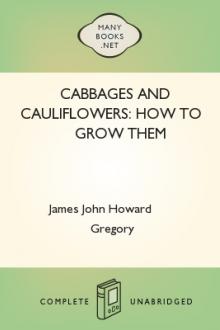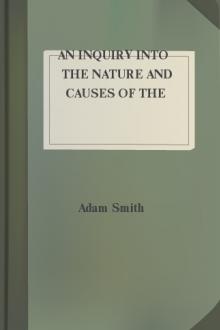Cabbages and Cauliflowers: How to Grow Them
Cabbages and Cauliflowers: How to Grow Them
A Practical Treatise, Giving Full Details on Every Point, Including Keeping and Marketing the Crop
Book Excerpt
re before that is applied; if dissolved in the manure, better yet. Salt itself is not a manure. Its principal office is to change other materials into plant food. Fish and glue waste are exceedingly powerful manures, very rich in ammonia, and, if used the first season, they should be in compost. It is best to handle fish waste, such as heads, entrails, backbones, and liver waste, precisely like night soil. "Porgy cheese," or "chum," the refuse, after pressing out the oil from menhaden and halibut heads, and sometimes sold extensively for manure, is best prepared for use by composting it with muck or loam, layer with layer, at the rate of a barrel to every foot and a half, cord measure, of soil. As soon as it shows some heat, turn it, and repeat the process, two or three times, until it is well decomposed, when apply. Another excellent way to use fish waste is to compost it with barn manure, in the open fields. It will be best to have six inches of soil under the heap, and not layer the fish with the lower hal
Editor's choice
(view all)Popular books in Instructional, Non-fiction
Readers reviews
4.0
LoginSign up
This us a little book written by a seed seller. He also was a farmer and tester of lots of different variates of plants.He mostly focuses on cabbages, it makes up about 95% of the book. In the book he lists many variates of cabbages and what growing conditions are best for them. He also briefly covered a little about cauliflowers, broccoli, Brussels sprouts, and Kale. I found the book useful and informative. This book is from 1889.
- Upvote (0)
- Downvote (0)

 Free Download
Free Download





















-itok=vcKIB5v1.jpg)